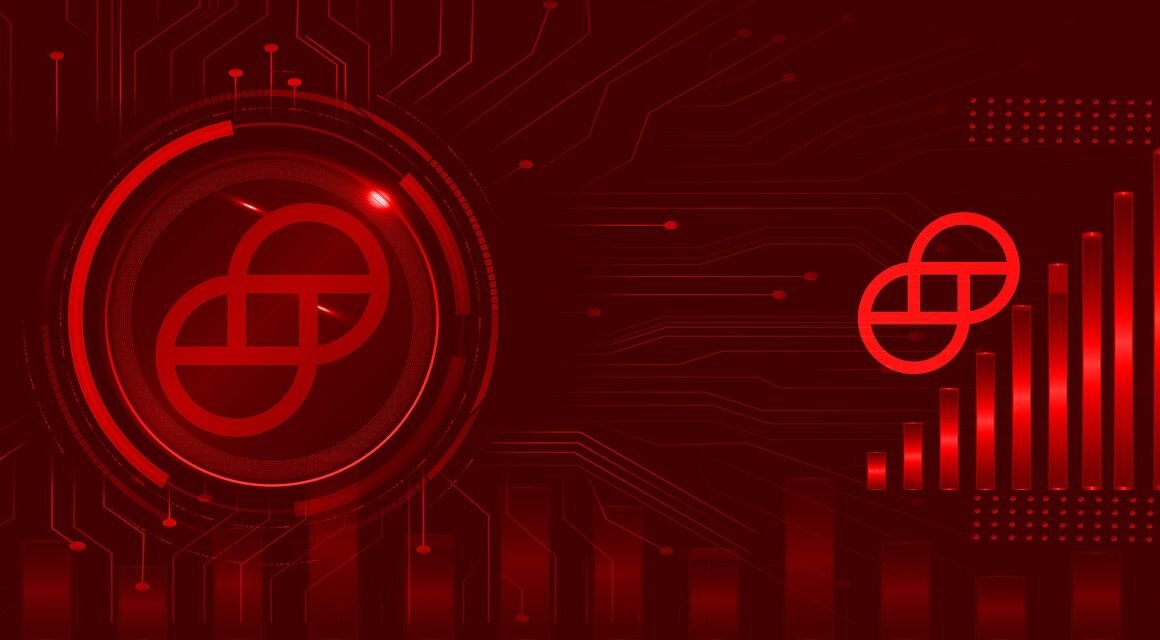Navigating the complex world of blockchain technology can feel like traversing a labyrinth. At its heart lies a crucial concept: the consensus mechanism. This underlying algorithm ensures that all participants in a distributed network agree on the state of the blockchain, guaranteeing its security, immutability, and reliability. Without it, chaos would reign, and trust would evaporate. This post dives deep into the fascinating realm of consensus mechanisms, exploring their different types, functionalities, and real-world applications.
Understanding Consensus Mechanisms
What is a Consensus Mechanism?
A consensus mechanism is a fault-tolerant mechanism used in computer and blockchain systems to achieve the necessary agreement on a single data value or a single state of the network among distributed processes or multi-agent systems. Simply put, it’s a set of rules that allows a blockchain network to agree on which transactions are valid and should be added to the blockchain. This agreement is achieved even if some nodes in the network are faulty or malicious.
- Guarantees network security by preventing fraudulent transactions.
- Maintains the integrity and immutability of the blockchain.
- Ensures a single, consistent version of the truth across the network.
Why Are They Important?
In a decentralized system, there’s no central authority to validate transactions. Therefore, a consensus mechanism is vital for:
- Preventing the “double-spending” problem: Ensuring that the same digital currency isn’t spent twice.
- Maintaining network security: Protecting the blockchain from attacks and malicious actors.
- Enabling trustless transactions: Allowing participants to interact without needing to trust each other individually.
- Decentralization: Ensuring no single entity controls the network.
Popular Consensus Mechanisms
Proof of Work (PoW)
Proof of Work (PoW) is the original consensus mechanism, first implemented by Bitcoin. It requires nodes (called “miners”) to solve complex computational puzzles to validate transactions and create new blocks. The first miner to solve the puzzle gets to add the block to the chain and is rewarded with cryptocurrency.
- How it works: Miners compete to solve cryptographic puzzles using computational power. The miner who solves the puzzle first validates the block and receives a reward.
- Pros:
Well-established and proven security track record.
Highly resistant to Sybil attacks (where a single entity tries to control the network by creating many fake nodes).
- Cons:
High energy consumption.
Scalability issues (limited number of transactions per second).
Potential for centralization due to mining pools.
- Example: Bitcoin and Litecoin.
Proof of Stake (PoS)
Proof of Stake (PoS) is an alternative to PoW that aims to address its energy consumption and scalability issues. In PoS, validators are selected to create new blocks based on the number of tokens they “stake” or hold. The more tokens a validator stakes, the higher their chance of being selected.
- How it works: Validators stake their tokens to have a chance to be selected to create new blocks.
- Pros:
Lower energy consumption compared to PoW.
Improved scalability.
Reduced risk of centralization compared to PoW.
- Cons:
“Nothing at stake” problem (validators could theoretically validate multiple competing chains without risk). This is often mitigated through slashing.
Potential for wealth concentration (richer validators have a higher chance of being selected).
- Example: Ethereum (transitioned to PoS with The Merge), Cardano, Solana.
Delegated Proof of Stake (DPoS)
Delegated Proof of Stake (DPoS) is a variation of PoS where token holders delegate their voting power to a smaller number of validators (often called “delegates”). These delegates are responsible for validating transactions and creating new blocks. DPoS systems are generally more scalable than PoS systems.
- How it works: Token holders vote for delegates who then validate transactions and create blocks.
- Pros:
High scalability and transaction throughput.
Energy efficient.
- Cons:
Potential for centralization as a small number of delegates control the network.
Lower decentralization compared to PoW and PoS.
- Example: EOS, BitShares.
Practical Byzantine Fault Tolerance (pBFT)
Practical Byzantine Fault Tolerance (pBFT) is a consensus algorithm designed to tolerate Byzantine faults, which are failures where components of a system give conflicting information to different parts of the system. It works by having nodes communicate with each other to reach a consensus on the state of the network.
- How it works: All nodes communicate with each other to agree on the order and validity of transactions.
- Pros:
High fault tolerance.
Low latency.
- Cons:
Limited scalability (works best with a small number of nodes).
High communication overhead.
- Example: Hyperledger Fabric (uses a variant of pBFT).
Factors Influencing Consensus Mechanism Choice
Selecting the right consensus mechanism depends on several factors, including:
- Security: How resistant is the mechanism to attacks?
- Scalability: How many transactions can the network process per second?
- Decentralization: How distributed is the control of the network?
- Energy efficiency: How much energy does the mechanism consume?
- Fault tolerance: How well can the network function in the presence of faulty nodes?
For example, a blockchain prioritizing security and decentralization might opt for Proof of Work, while one focusing on scalability and energy efficiency might choose Proof of Stake or Delegated Proof of Stake.
The Future of Consensus Mechanisms
Innovations and Trends
The field of consensus mechanisms is constantly evolving, with new algorithms and variations being developed to address the limitations of existing ones. Some notable trends include:
- Hybrid Consensus Mechanisms: Combining different consensus mechanisms to leverage their respective strengths. For example, combining PoW and PoS.
- Proof of Authority (PoA): Relying on a select group of trusted validators to validate transactions. Suitable for private and permissioned blockchains.
- Directed Acyclic Graphs (DAGs): Employing a different data structure than a blockchain, allowing for higher transaction throughput. Example: IOTA.
Impact on Blockchain Development
Advancements in consensus mechanisms are crucial for the continued growth and adoption of blockchain technology. By improving scalability, security, and energy efficiency, these innovations can unlock new use cases and make blockchain more accessible and sustainable.
- Enabling faster and cheaper transactions.
- Supporting a wider range of applications, including DeFi, NFTs, and supply chain management.
- Promoting environmentally friendly blockchain solutions.
Conclusion
Consensus mechanisms are the unsung heroes of the blockchain world. They provide the foundation for trust, security, and decentralization, enabling the development of innovative and transformative applications. While each mechanism has its strengths and weaknesses, the ongoing research and development in this area promise a future where blockchain technology can reach its full potential, offering a more transparent, secure, and equitable digital world. The choice of consensus mechanism is a critical decision for any blockchain project, requiring careful consideration of the trade-offs between security, scalability, decentralization, and energy efficiency. Understanding the nuances of these mechanisms is essential for anyone involved in the blockchain space, whether as a developer, investor, or user.



